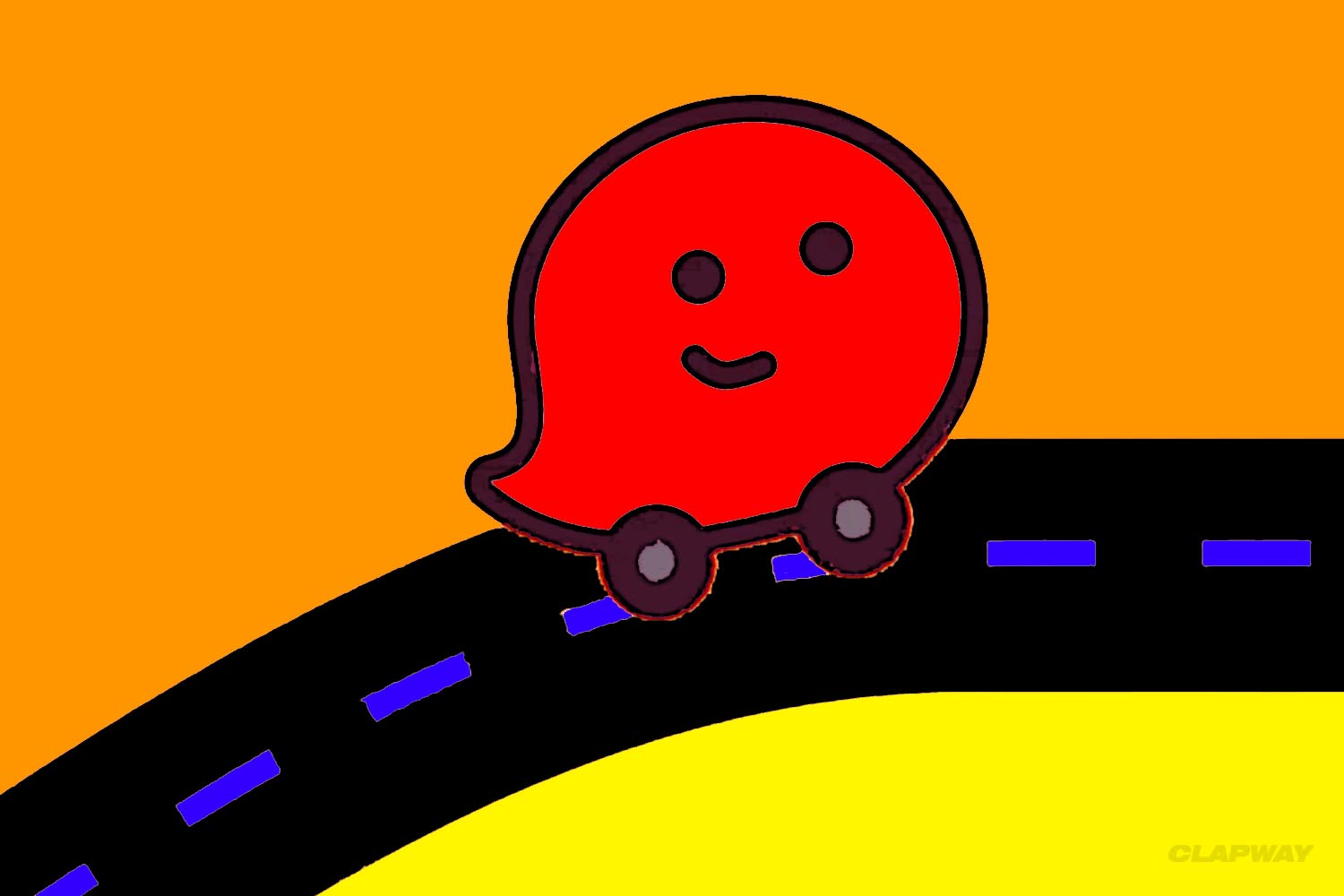
Waze has grown a lot, much like its user base. The platform went from being a PacMan-like app to being Google Maps’ main competition.

How Waze Started Out
The App first originated thanks to an Israeli map editor, who was struck by the fact that legitimate platforms didn’t yet allow updates on maps. Roads change all the time, sometimes even overnight. The initial concept of the app came from the need for new maps built not by companies – but by people.
In the beginning, Waze was kind of like a game of Pacman, where users would trace paths to get places and draw a collective map. This gave the platform the guarantee of having many roads since different people have different routes to get places. After that, it needed a little more incentive to get people on the road. So they started to add perks, putting things like cupcakes between two points to see what routes drivers took to get there the fastest. This is how the company started to understand traffic.
A Formidable Opponent to Google Maps
The most widely used navigation app is Google Maps, standing above Waze in both the Apple App Store and the Google Play Store. Both applications benefit from the massive power of Google, but Waze doesn’t lag too far behind.
The main difference between these apps is that Waze is a product of collective effort. It takes queues from their users, which makes it pretty unique. The app has also been useful to the government in the case of natural disasters. When Hurricane Sandy hit the East Coast, Waze was one of the platforms responsible of leading trucks to open gas stations. Since then, the platform can tell users where the nearest gas stations are, their average pricing and reviews.
The Platform Keeps Growing
Waze has been seeing steady growth with time. It hasn’t become stagnant in the least. The platform was actually acquired by Google a few years ago, and it’s still hard at work with keeping maps updated. It’s safe to say that travelling around LA or Texas would not be the same without the power of Waze.

















